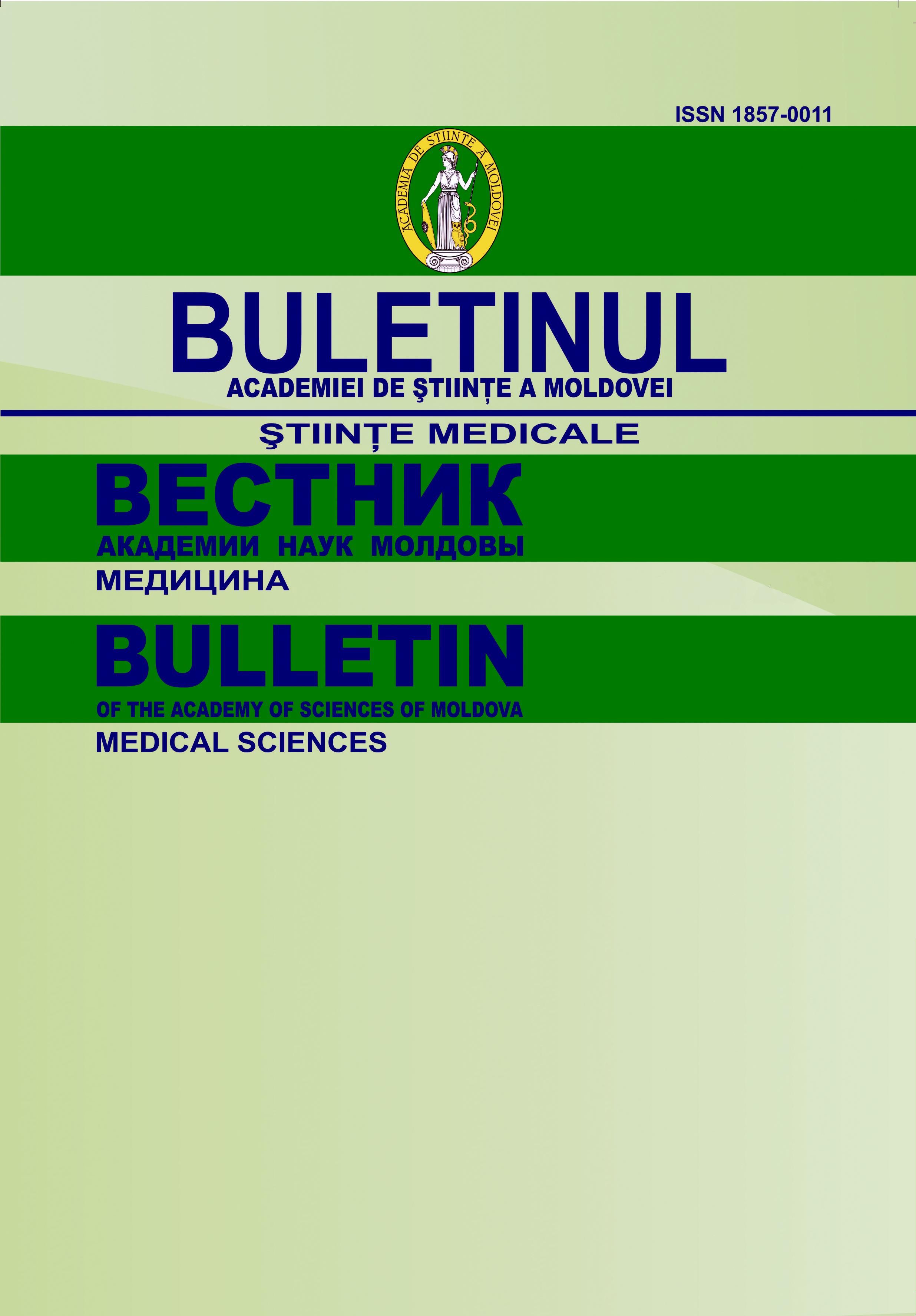Tumorile cavităţii bucale la copii. Abordare de diagnostic
DOI:
https://doi.org/10.52692/1857-0011.2021.2-70.10Cuvinte cheie:
tumoră, cavitate orală, copil, malignitateRezumat
Tumorile cavității bucale la copii. Abordare de diagnostic. Deși majoritatea leziunilor raportate la copii și adolescenți sunt benigne, ar trebui să se recunoască faptul că tumorile maligne orale apar la copii. Incidența malignității copilului este cea mai mare în primul an de viață, cel de-al doilea vârf fiind întâlnit la vârsta de 2-3 ani. Mulți medici cred că cancerul oral este deosebit de agresiv la pacienții tineri și este asociat cu o supraviețuire mai slabă în comparație cu adulții. Numeroase rapoarte timpurii despre cancerul oral la adulții tineri au concluzionat că boala era mai agresivă și prognosticul era mai slab decât la adulții în vârstă. Scopul acestui studiu este de a face o revizuire a literaturii cu privire la metodele de diagnostic ale tumorilor cavității bucale la copii. Concluzie. În ciuda progresului în tehnologia și medicina metodele de examinare paraclinică în determinarea tumorilor cavității bucale la copii nu au fost suficient dezvoltate și studiate, este necesitatea de a efectua studii suplimentare pentru a crea protocoale de diagnosticare pentru populația pediatricăReferințe
Protocolul clinic naţional „Cancerul cavității bucale”, Chişinău, 2012.
Clinical and Experimental Otorhinolaryngology Vol. 12, No. 2: 107-144, May 2019.
Wani V., Kulkarni A., Pustake B., Takate V., Wani P., Sondhi J.S. Prevalence, complications and dental management of the oral cancer in the pediatric patients. J Can Res Ther 2018;14:1407-11.
Prosdócimo M.L., Agostini M., Romañach M.J., de Andrade BAB. A retrospective analysis of oral and maxillofacial pathology in a pediatric population from Rio de Janeiro – Brazil over a 75-year period. Med Oral Patol Oral Cir Bucal. 2018 Sep 1;23 (5):e511-7.
Kilinc A., Saruhan N., Gundogdu B., Yalcin E., Ertas U., Urvasizoglu G. Benign tumors and tumor-like lesions of the oral cavity and jaws: An analysis of 709 cases. Niger J Clin Pract 2017;20:1448-54.
Effinger K.E., Migliorati C.A., Hudson M.M., McMullen K.P., Kaste S.C., Ruble K., Guilcher G.M., Shah A.J., Castellino S.M. Oral and dental late effects in survivors of childhood cancer: a Children’s Oncology Group report. Support Care Cancer. 2014 Jul;22(7):200919. doi: 10.1007/s00520-014-2260-x. Epub 2014 Apr 30. PMID: 24781353; PMCID: PMC4118932.
Montero P.H., Patel S.G. Cancer of the oral cavity. Surg Oncol Clin N Am. 2015 Jul; 24(3):491-508. doi:10.1016/j.soc.2015.03.006. Epub 2015 Apr 15. PMID:25979396; PMCID: PMC5018209.
Ajayi, O.F., Ladeinde, A.L., Adeyemo, W.L. et al. Odontogenic tumors in Nigerian children and adolescentsa retrospective study of 92 cases. World J Surg Onc 2, 39 (2004).
Błochowiak K., Farynowska J., Sokalski J., Wyganowska-Świątkowska M., Witmanowski H. Benign tumors and tumour-like lesions in the oral cavity: a retrospective analysis. Advances in Dermatology and Allergology/Postępy Dermatologii i Alergologii. 2019;36(6):744751. doi:10.5114/ada.2018.78805.
Johnson K.J., Lee J.M., Ahsan K., Padda H., Feng Q., Partap S. et al. (2017) Pediatric cancer risk in association with birth defects: A systematic review. PLoS ONE 12(7): e0181246.
Tatli, Ufuk & Erdoğan, Ozgür & Uğuz, Aysun & Ustün, Yakup & Sertdemir, Yasar & Damlar, Ibrahim. (2013). Diagnostic Concordance Characteristics of Oral Cavity Lesions. The Scientific World Journal. 2013. 785929. 10.1155/2013/785929.
Santos, Ana Paula Candido dos, Sugaya, Norberto Nobuo, Pinto Junior, Décio dos Santos, & Lemos Junior, Celso Augusto. (2011). Fine needle aspiration biopsy in the oral cavity and head and neck region. Brazilian Oral Research, 25(2), 186-191
Cistaro A., Palandri S., Balsamo V., Migliaretti G., Pentenero M., Testa C., Cusmà S., Ceraudo F., Gandolfo S., Ficola U. Assessment of a new 18F-FDG PET/CT protocol in the staging of oral cavity carcinomas. J Nucl Med Technol. 2011 Mar;39(1):7-13. doi: 10.2967/jnmt.110.074906. Epub 2011 Feb 14. PMID: 21321252.
Rapado-González Ó., Majem B., Muinelo-Romay L., López-López R., Suarez Cunqueiro M.M. Cancer Salivary Biomarkers for Tumors Distant to the Oral Cavity. Int J Mol Sci. 2016 Sep 12;17(9):1531. doi: 10.3390/ ijms17091531. PMID: 27626410; PMCID: PMC5037806.
Luk, P.P., Selinger, C.I., Cooper, W.A. et al. Clinical Utility of In Situ Hybridization Assays in Head and Neck Neoplasms. Head and Neck Pathol 13, 397–414 (2019).
RonchiA., Montella M., Zito Marino F., Panarese I., Pagliuca F., Colella G., Franco R., Cozzolino I.. Diagnostic accuracy of FNA cytology for diagnosis of salivary gland tumors in pediatric patients. Cancer Cytopathol. 2019 Aug;127(8):529-538. doi: 10.1002/cncy.22162. Epub 2019 Jul 10. PMID: 31291059.
Kamps R., Brandão R.D., Bosch B.J., Paulussen A.D., Xanthoulea S., Blok M.J., Romano A. Next-Generation Sequencing in Oncology: Genetic Diagnosis, Risk Prediction and Cancer Classification. Int J Mol Sci. 2017 Jan 31;18(2):308. doi: 10.3390/ijms18020308. PMID: 28146134; PMCID: PMC5343844.
Mehrotra R., Mishra S., Singh M., Singh M. The efficacy of oral brush biopsy with computer-assisted analysis in identifying precancerous and cancerous lesions. Head Neck Oncol. 2011 Aug 24;3:39. doi: 10.1186/1758-3284-3-39. PMID: 21864339; PMCID: PMC3177776.
Descărcări
Publicat
Număr
Secțiune
Licență
Copyright (c) 2021 Buletinul Academiei de Științe a Moldovei. Științe medicale

Această lucrare este licențiată în temeiul Creative Commons Attribution 4.0 International License.



